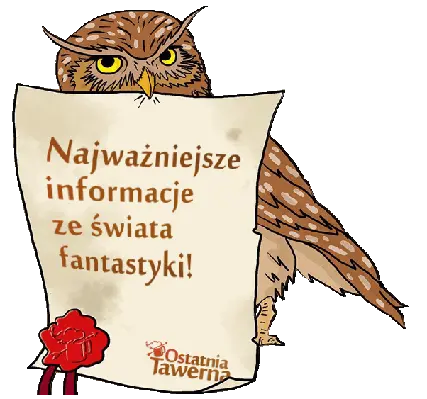Beginnings are hard
The novel is part of a larger Book Series by Asimov, entitled The Galactic Empire . It tells the story of a young man who has just successfully graduated from university. In an instant, a young man’s life turns 180 degrees. His father is murdered, and an attack is organized on the young man himself, but luckily it does not happen. The hero has to run away and look for allies to solve the mystery of his father’s death and stop the attackers.
After this presentation of the situation, the reader is thrown right into the middle of a huge, thousands of years old universe. It turns out that everything is connected by a really wide network of intrigues, arrangements and political agreements. Here it is impossible not to refer to the Dune of Frank Herbert, because, like the local Harkonnens over Arrakis, the Tyrannans hold a firm hand over the surrounding planetary systems. Everything looks very complicated, and in fact it is. Initially, this may make it difficult to implement the world created by Asimov. Even a rudimentary introduction is a bit missing here to make it easier to start the adventure with the heroes.
I am Gillbret, you are Biron and she is Artemisia
And since we’re with the heroes, the characters are sensational. Initially, we don’t know much about them, or even nothing. But as the action unfolds over time, their characters blush. We get to know their dark and light sides, motivations and intentions. The recipient gets to know the absorbeds and their lives, the details of which are revealed as they read, especially in the dialogues.
So we have a well-built and well-read young man, a beautiful girl and an elderly man experienced in his life. This is how the lead of the protagonists looks like, assisted by a group of few known by name supporting characters. Each of the main three is carefully and thoughtfully prepared. Each of them offers something different, stands out from the crowd and is one of a kind, at the same time matching the scenery or events. Due to the selection of the main characters, the story may be a bit Disney-like, but it does not spoil the reception, even when the author presents some very nice, but not very credible plot twists. It is possible, however, that these plausible details can be caught, but I did not succeed. Just as many processes taking place in the protagonist’s mind are omitted by the author, and the reader learns about them only when when the character says that he has reached such and such conclusions. As a result, many motives and plays are explained only after several dozen pages or not at all. For some, this may be bothersome, as it is not clear how the character knows something or why he or she immediately states certain facts.
The farther into the forest
Apart from these inconveniences, the novel reads very well. You can see that Asimov knows what he writes about. In places the book is written like a scientific lecture in a very Lemo-style. In this respect, the Stars are very similar to the works of Lem. We read about physical formulas, the study of the cosmos, calculating the distances between planets or the chemical contents of their atmospheres. What’s more, the book even contains afterword, where the author explains the error in the description of one of the planets, which resulted from the lack of astronomical knowledge at that time. Only actual research of the cosmos during the author’s lifetime allowed for a discovery that revealed the mistake.
In addition, Asimov was able to create an atmosphere ahead of its time without smartphones, GPS and other novelties of the 21st century. We feel the charm of the future mixed with old customs. On the one hand, we have interplanetary journeys, on the other, castes, noble families and marriages determined by the union of families for expansion. It looks a bit as if some medieval customs survived in the distant future. This is also evident in the dialogues. The characters speak to each other with a certain kind of reverence, reverence, as if they were speaking in a theater. There are no short, frivolous, not to mention vulgar, taunts.
Is it over yet?
The story, although it requires a bit of concentration, is interesting, full of twists and brilliantly conducted. Descriptions are kept to a minimum. We learn about the events from the actions of the characters and dialogues. The action regularly shifts between the protagonists and supporting characters, giving an overview of the situation from the other side. Except for those scientific parts of the Star descriptionsthey are written in a fairly simple, yet flowery and solemn language. The more the action unfolds, the harder it is to break away from them. After the initial difficulties, we completely soak into the atmosphere and follow the protagonists on their journey. After getting to know the entire shell, we can easily absorb their adventures after a while. The closer to the end, the faster the sides run away to dispel doubts and reveal the cards for the finale. At the end, which leaves a significant dissatisfaction after a short story. The story breaks off at the point where you immediately want to continue reading. This gives a great incentive for the next part.
Finally, a word should be devoted to the edition. The cover is very nice, although the beautiful artwork could take up more space because the author’s name is almost half of it. In addition, the quality of the paper is great, it does not reflect light, and the book itself retains its shape when opened, which technically makes reading much easier. The font on the snow-white pages is quite small, but it doesn’t bother you at all. The release is correct. It does not tear off its rump in any way, but it can be enjoyed.

